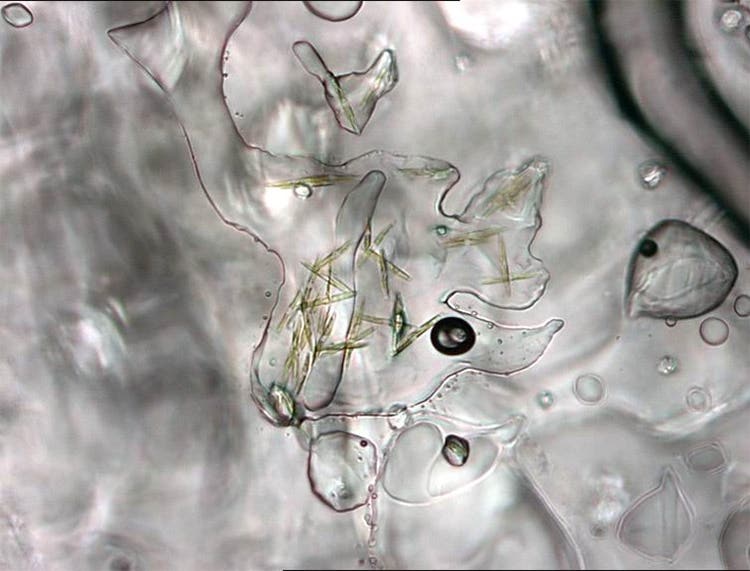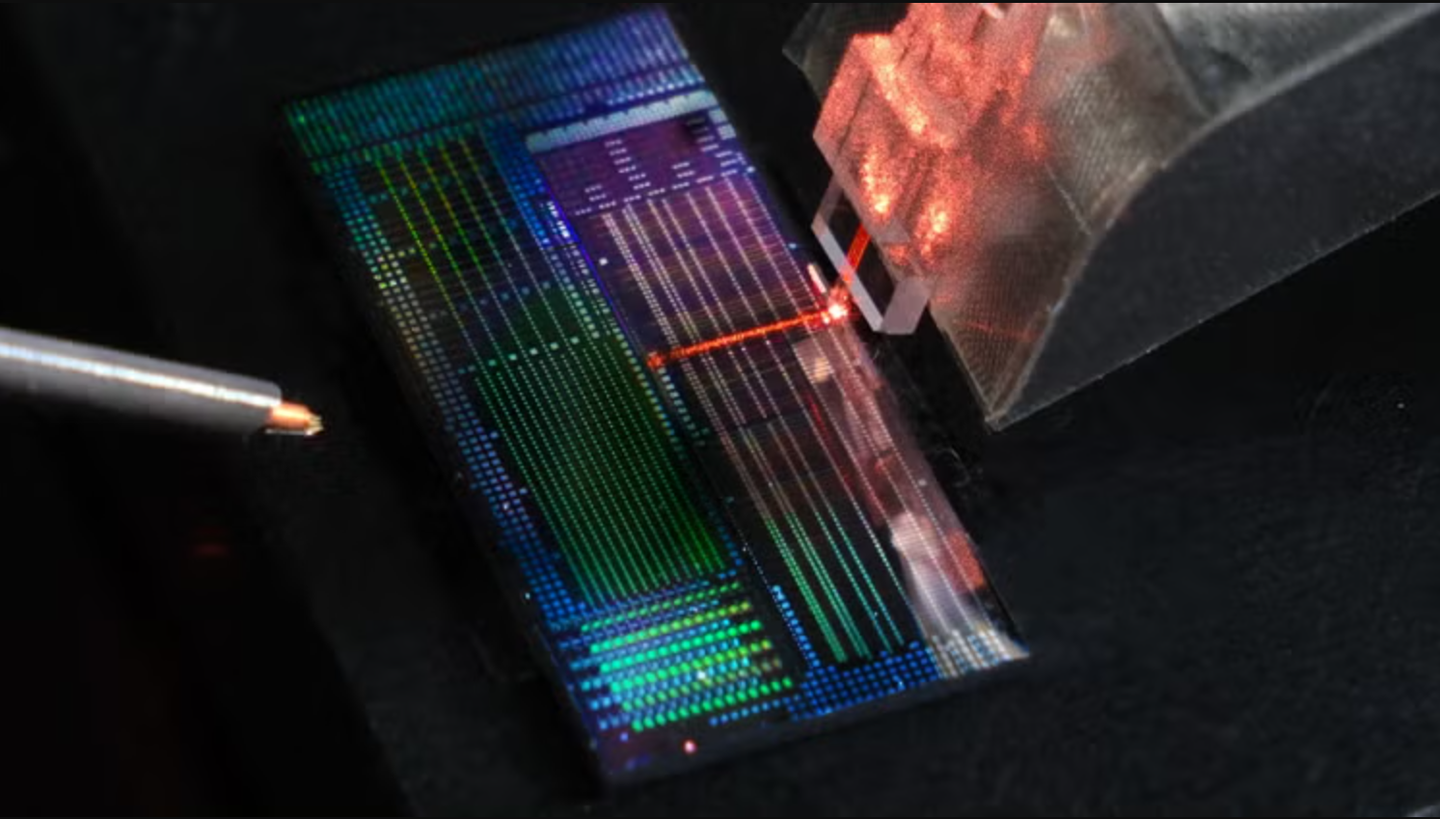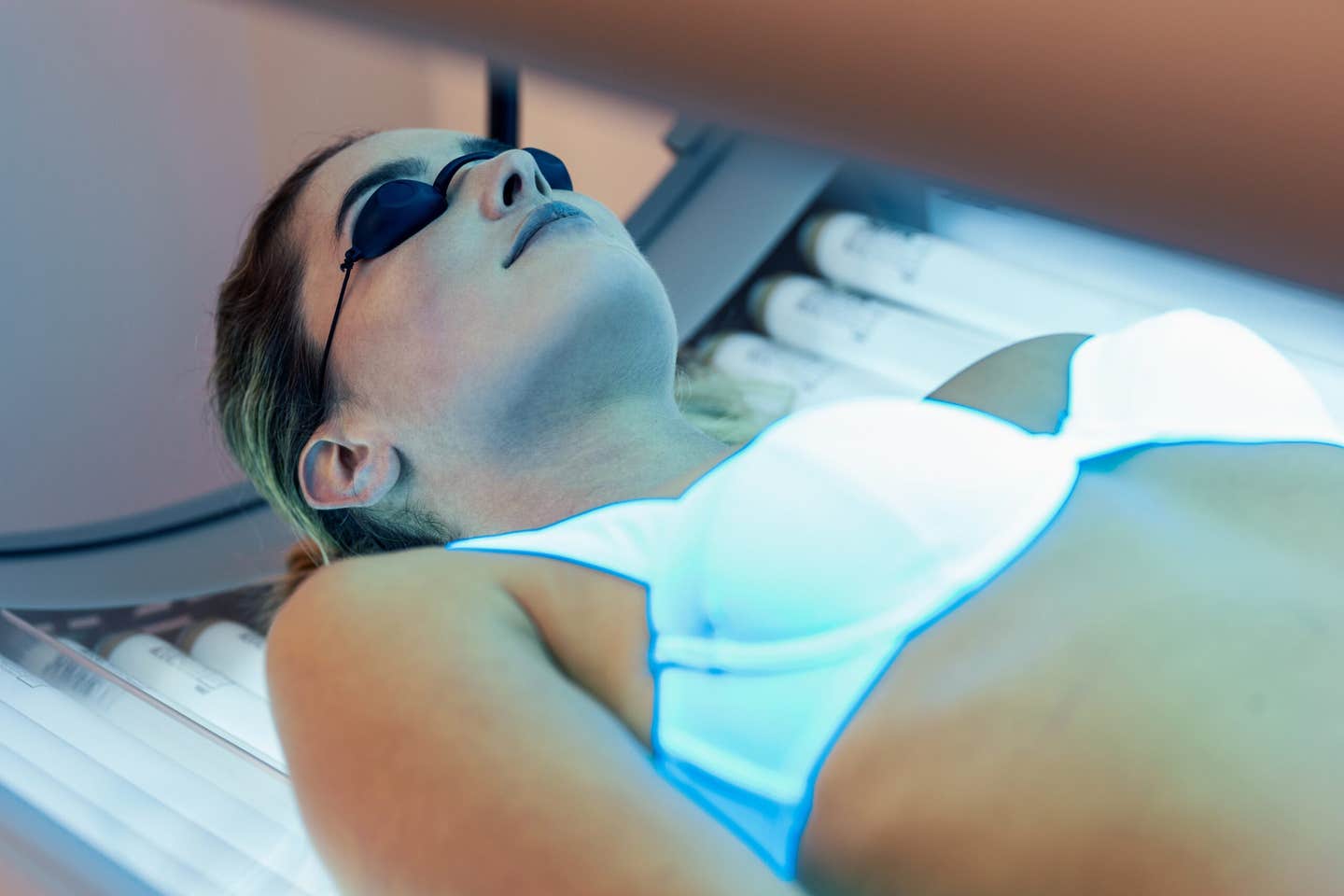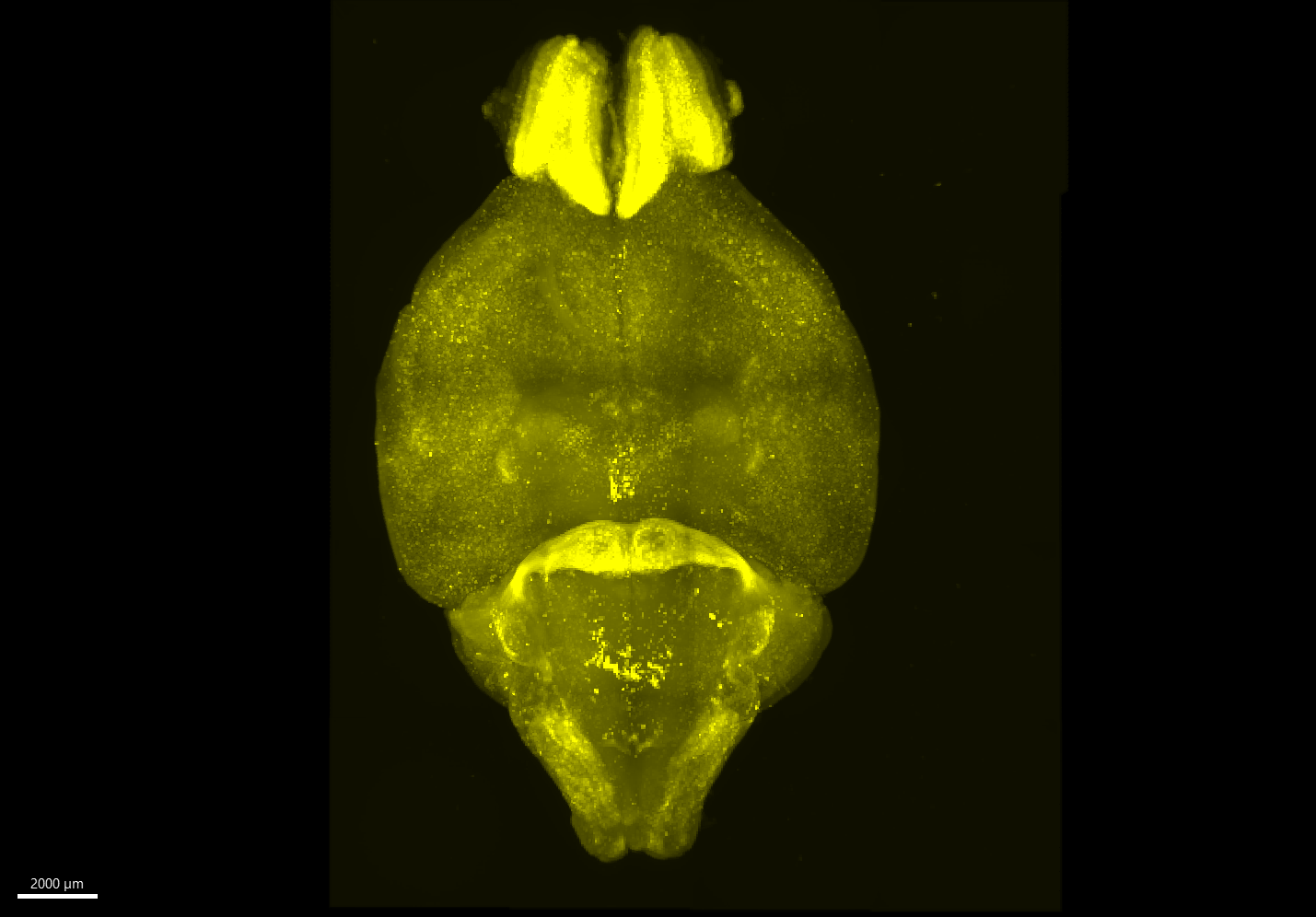Newly discovered microbes can digest plastic at room temperature
Finding, cultivating, and bioengineering organisms that digest plastic not only aids in the removal of pollution, but is also big business.

[May 25, 2023: Staff Writer, The Brighter Side of News]
Single-celled (unicellular) algae, which develop in the lowermost sections of sea ice, often forming chains and filaments. (CREDIT: Creative Commons)
Finding, cultivating, and bioengineering organisms that can digest plastic not only aids in the removal of pollution, but is now also big business. Several microorganisms that can do this have already been found, but when their enzymes that make this possible are applied at an industrial scale, they typically only work at temperatures above 30°C.
The heating required means that industrial applications remain costly to date, and aren't carbon-neutral. But there is a possible solution to this problem: finding specialist cold-adapted microbes whose enzymes work at lower temperatures.
In a groundbreaking study published in Frontiers in Microbiology, scientists from the Swiss Federal Institute WSL have made a significant breakthrough in this area. They have discovered microorganisms thriving in high-altitude regions of the Alps and the polar areas that possess the ability to break down plastic at a temperature as low as 15°C.
"Here we show that novel microbial taxa obtained from the 'plastisphere' of alpine and arctic soils were able to break down biodegradable plastics at 15°C," said first author Dr. Joel Rüthi, currently a guest scientist at WSL. "These organisms could help to reduce the costs and environmental burden of an enzymatic recycling process for plastic."
Related Stories
Dr. Rüthi and his team collected samples from various locations, including Greenland, Svalbard, and Switzerland. The plastic litter from Svalbard was collected during the Swiss Arctic Project 2018, where students observed the effects of climate change firsthand. Soil samples from Switzerland were taken from the summit of the Muot da Barba Peider (2,979 m) and the valley Val Lavirun, both in the canton Graubünden.
In the laboratory, the isolated microbes were grown as single-strain cultures in darkness and at a temperature of 15°C. Molecular techniques were then employed to identify the microorganisms. The results revealed that the bacterial strains belonged to 13 genera in the phyla Actinobacteria and Proteobacteria, while the fungi belonged to 10 genera in the phyla Ascomycota and Mucoromycota.
To determine the plastic-digesting capabilities of the strains, the researchers conducted a series of assays using non-biodegradable polyethylene (PE), biodegradable polyester-polyurethane (PUR), and commercially available biodegradable mixtures of polybutylene adipate terephthalate (PBAT) and polylactic acid (PLA).
Surprisingly, none of the strains exhibited the ability to digest PE, even after 126 days of incubation. However, 19 strains, consisting of 11 fungi and eight bacteria, were able to break down PUR at 15°C. Moreover, 14 fungi and three bacteria displayed the capability to digest the plastic mixtures of PBAT and PLA.
Additional analysis using Nuclear Magnetic Resonance (NMR) and a fluorescence-based assay confirmed that these strains effectively broke down PBAT and PLA polymers into smaller molecules.
"It was very surprising to us that we found that a large fraction of the tested strains was able to degrade at least one of the tested plastics," remarked Dr. Rüthi.
Among the most efficient plastic-digesting strains were two previously unidentified fungal species in the genera Neodevriesia and Lachnellula. These remarkable organisms showcased the ability to digest all tested plastics, except for PE. The researchers also observed that the plastic-digesting capacity varied among strains depending on the culture medium used, with each strain demonstrating different reactions to the four media tested.
The Evolutionary Connection: Digesting Plant Polymers
The ability to digest plastic is not an inherent trait developed through natural selection, as plastics have only been in existence since the 1950s. However, microbes have been known to produce diverse polymer-degrading enzymes involved in the breakdown of plant cell walls.
Notably, plant-pathogenic fungi have been reported to biodegrade polyesters due to their production of cutinases, which target plastic polymers due to their similarity to plant polymer cutin.
Examples of mineral medium plus Impranil® (MM + Imp) plates inoculated with microbial strains for evaluation of Impranil® degradation. (CREDIT: Frontiers)
"Microbes have been shown to produce a wide variety of polymer-degrading enzymes involved in the break-down of plant cell walls. In particular, plant-pathogenic fungi are often reported to biodegrade polyesters because of their ability to produce cutinases which target plastic polymers due their resemblance to the plant polymer cutin," explained last author Dr. Beat Frey, a senior scientist and group leader at WSL.
The Road Ahead: Overcoming Challenges
Although the study conducted by Dr. Rüthi and his colleagues revealed promising results, further investigations are necessary to determine the optimum temperature at which the enzymes of the identified strains function.
"But we know that most of the tested strains can grow well between 4°C and 20°C with an optimum at around 15°C," added Dr. Frey.
Mass loss of individual components (PBAT, PLA and other) in ecovio®(top) and BI-OPL (bottom) films determined by NMR. Only strains with total weight losses significantly different from the negative controls were analyzed. (CREDIT: Frontiers)
The next significant challenge lies in identifying the plastic-degrading enzymes produced by these microbial strains and optimizing the process to generate large quantities of these proteins. Additionally, further modifications of the enzymes may be required to enhance properties such as protein stability.
The discovery of cold-adapted microbes capable of digesting plastics at lower temperatures has opened up a new realm of possibilities for combating plastic pollution. With ongoing research and advancements in enzyme optimization, the dream of cost-effective and environmentally friendly plastic recycling may soon become a reality.
The Swiss Federal Institute WSL scientists have paved the way for a sustainable future by harnessing the power of nature's own plastic degraders, and the world eagerly awaits the next breakthrough in this transformative field.
For more green news stories check out our Green Impact section at The Brighter Side of News.
Note: Materials provided above by The Brighter Side of News. Content may be edited for style and length.
Like these kind of feel good stories? Get the Brighter Side of News' newsletter.



